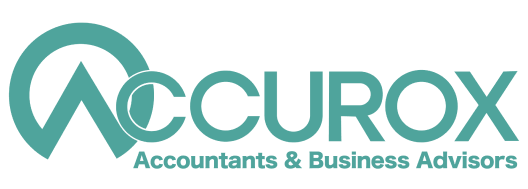Chasing overdue invoices is an awkward and arduous task. But what if we told you, you could actively improve your cash flow without chasing or confronting your clients?
Throughout this article, we will explore the five steps you can take to prevent late payments, avoid awkward conversations and streamline your payment processes.
Specify your payment dates
One of the biggest mistakes when sending an invoice is failing to specify the payment date. Without a clear deadline, your invoice lacks urgency – as a result, clients will often deprioritise, delay, or even forget to pay your invoice altogether. Therefore, you must attach a specific payment date to each invoice you send.
If you usually operate on a ‘pay on receipt’ basis, you should strongly consider updating your payment terms. Alternatively, if your payment policy is net-15, net-30 or net-60 days, make sure to specify the date of your payment deadline – this way, there’s no ambiguity surrounding your payment dates and deadlines.
Send regular reminders
Payment reminders are a simple yet effective way to minimise the risk of late invoices. So, instead of simply sending your invoice at the end of each month/quarter, take two minutes to remind your client of their upcoming payment. (Consistency is key here, so make sure you’re regularly checking in during the run-up to your payment deadline.) Or, save yourself the hassle and automate the entire process! In doing so, you can prevent people from forgetting about your invoice(s) and save yourself a lot of valuable admin time.
Provide payment options
Streamlining your payment processes is a sure-fire way to combat late invoices. After all, the quicker someone can pay their invoices, the more likely they are to do so.
The quickest and most efficient option is to set up a direct debit. Direct debits automate the payment process, ensuring you always get paid on time. Not only is this great for your cash flow, but it also saves you (and your client) a significant amount of time.
However, if setting up a direct debit isn’t an option, try to remove any further payment difficulties by providing several alternative payment options. The goal is to make the process as painless as possible, so try to accommodate all of your clients by offering a variety of payment portals along with traditional credit/debit card options too.
Know who to contact
Often, there is a misconception that the person commissioning your work is the same person paying your invoices – but in most cases, this simply isn’t true. Therefore, it’s vitally important that you get to know who is responsible for paying your invoices.
Cultivating a positive relationship with the person paying your invoices is definitely a worthwhile investment. Why? Because it’s mutually beneficial. By learning about their company’s systems and reconciliation periods, you’re able to develop airtight payment terms that accommodate both of your needs – which, in turn, will ensure you get paid on time.
However, if, for some reason, you do experience any issues (late payments or lost invoices), having this contact will enable you to get straight to the source of the problem and rectify the situation far more quickly.
Develop a late payment procedure
Despite your best efforts, you cannot completely eradicate the risk of a late payment or missed invoice. Therefore, you must have strategies in place to address late payments as and when they occur. Here is a brief guide to chasing an unpaid invoice:
1 – 3 days late: Attach a copy of the original invoice and kindly explain to your client that their payment is now overdue. As a result, they should schedule a payment as soon as possible. Otherwise, they should contact your team if they need additional support.
1 week late: Send them another reminder that their payment is overdue. State that they risk escalation/additional charges if they do not respond within two weeks. (You can create a company email solely for this type of correspondence if you’re concerned about jeopardising your personal relationship with a client.)
3 weeks late: Ignoring an email is one thing, but ignoring a phone call is another. Ring your client and find out exactly why their payment is late. Only then can you decide whether to offer them an extension or take the matter further. Just remember, legal action can be devastating for client relations, so consider that as a final resort.
You deserve to be paid
You deserve to get paid without delay and certainly without conflict. So don’t let your fear of confrontation stop you from getting paid. Use these steps to help streamline your payment processes, prevent late invoices and, subsequently, avoid awkward conversations with your clients.
Whilst we cannot guarantee you will never receive a late payment again, we’re confident these preventative measures will help improve your cash flow without damaging your client relations.

